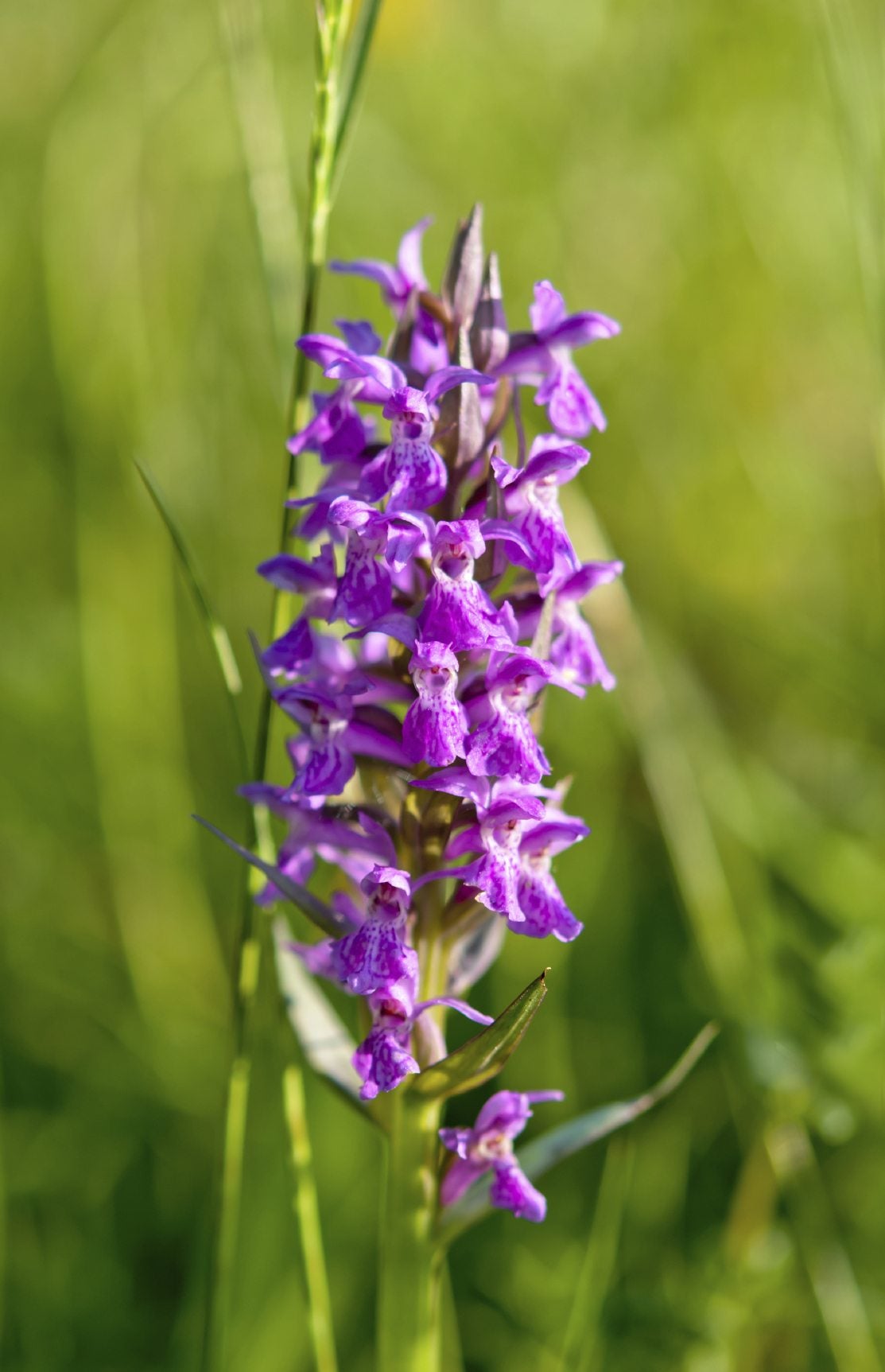Wood Betony Information: Tips On Growing Betony Plants


Betony is an attractive, hardy perennial that’s perfect for filling in shady spots. It has a long blooming period and self-seeds without an aggressive spread. It can also be dried and used as an herb. Keep reading to learn more wood betony information.
Wood Betony Information
Wood betony (Stachys officinalis) is native to Europe and is hardy to USDA zone 4. It can tolerate anything from full sun to partial shade, making it a popular choice for shady areas where few flowering things will thrive. Depending upon variety, it can reach heights of anywhere between 9 inches (23 cm.) and 3 feet (91 cm.). The plants produce a rosette of slightly scalloped leaves that then reach upward in a long stalk that blooms in clumps along the stalk, making for a distinctive look. The flowers come in shades of purple to white. Start from seed in autumn or spring, or propagate from cuttings or divided clumps in spring. Once planted, growing betony plants will self-seed and spread slowly in the same area. Allow the plants to fill in an area until they become overcrowded, then divide them. It may take them three years to reach critical mass in sunny spots and as long as five years in the shade.
Betony Herb Uses
Wood betony herbs have a magical/medicinal history dating back to Ancient Egypt and have been used to treat everything from shattered skulls to silliness. Today, there is no scientific evidence that wood betony herbs have medicinal properties, but plenty of herbalists still recommend it to treat headaches and anxiety. Even if you’re not looking for treatment, betony can be brewed into a good substitute for black tea and makes for a nice base in herbal tea mixes. It can be dried by hanging the entire plant upside down in a cool, dark, dry place.
Gardening tips, videos, info and more delivered right to your inbox!
Sign up for the Gardening Know How newsletter today and receive a free copy of our e-book "How to Grow Delicious Tomatoes".

The only child of a horticulturist and an English teacher, Liz Baessler was destined to become a gardening editor. She has been with Gardening Know how since 2015, and a Senior Editor since 2020. She holds a BA in English from Brandeis University and an MA in English from the University of Geneva, Switzerland. After years of gardening in containers and community garden plots, she finally has a backyard of her own, which she is systematically filling with vegetables and flowers.
-
 Looking For Plants To Give You The Soft And Fuzzies? Try These 5 Fuzzy Leaf Plant Options
Looking For Plants To Give You The Soft And Fuzzies? Try These 5 Fuzzy Leaf Plant OptionsLovers of texture, drama, silver foliage and tactile plants will adore these special sensory garden additions. These fuzzy leaf plant options will leave you all aglow
By Susan Albert
-
 Get Ready For A Summer Of Hummers! Grow These Full Sun Hummingbird Plants and Flowers
Get Ready For A Summer Of Hummers! Grow These Full Sun Hummingbird Plants and FlowersIf you’re lucky enough to enjoy a sunny backyard, make sure you are maxing out on your pollinator opportunities and grow these full sun hummingbird plants and flowers
By Tonya Barnett